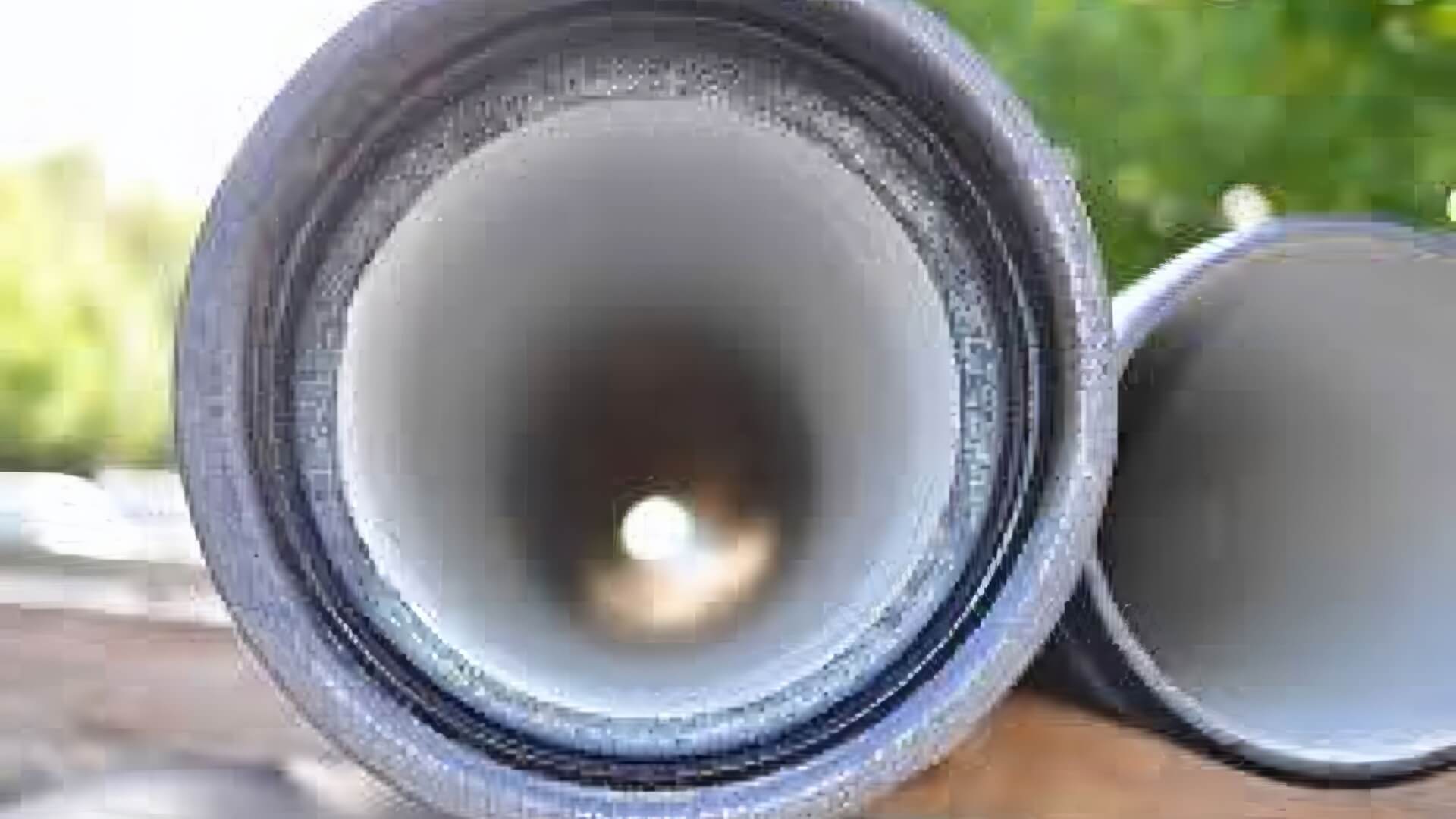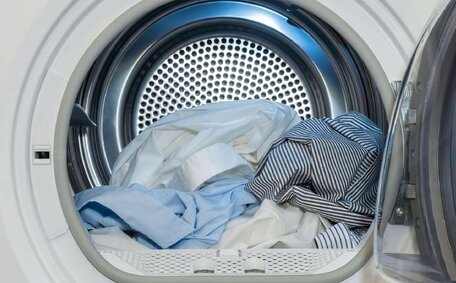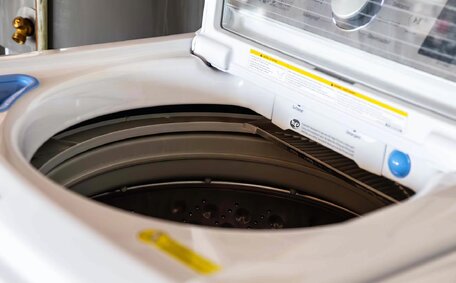Introduction to Hot Water Systems for Multi-Story Buildings
Selecting the ideal hot water system is crucial for multi-story buildings in Oatlands, Sydney.
With many residences reliant on a central system, you’ll want to know how it must reliably deliver continuous hot water for comfort and daily usage. As leading local plumbing specialists, Oatlands Plumbing understands that selecting the appropriate hot water solutions for multi-story buildings involves careful consideration of several key factors.
This article gives a comprehensive analysis of the crucial elements to consider when selecting hot water systems for multi-story buildings. Topics covered include:
- Suitable system types and how they work
- Energy efficiency and running costs
- Regulations and standards
- Installation considerations
- Ongoing maintenance requirements
Whether planning a system for a new development or upgrading an existing building, Leverage our extensive experience installing and maintaining hot water systems across the Oatlands region when making this key decision.
Comparing Hot Water System Types
- Utilise an insulated storage tank as water heaters to heat water
- Effective for regular hot water usage patterns
- Higher running costs than some other options
- Require more physical space for tank storage
- Relatively simple to install and maintain
Tankless/Instantaneous Systems
- Heat water instantaneously without the need for a storage tank
- Unlimited hot water supply for intense usage demands
- Higher upfront system costs
- Natural gas models achieve better energy efficiency
- Require increased gas line capacity
- Extract heat from heat air to heat water
- Very energy efficient using integrated heat pump technology
- Higher upfront system costs
- Effectiveness varies with climate conditions
- Split systems, which can provide heat pump hot water with interior and exterior units, are increasingly popular
Tank Systems
Tank hot water systems use an insulated storage tank to heat a water reservoir.
Tanks can be heated by gas or electric elements, ensuring an uninterrupted hot water supply when needed. Gas systems tend to be more efficient in energy usage.
Centralised tank systems can allow sharing of infrastructure between apartments, thus reducing complexity. Tanks can be installed in a plant room to consolidate plumbing and maximise available living space while operating efficiently at the same time. Heat losses can be an issue however, so insulation and tank positioning are important factors.
To make sure of optimal comfort and efficiency, centralised gas storage tanks are a robust, trusted solution for multi-story buildings. Correct sizing and the use of a hot water tank in system design are key to meet demand across many residences simultaneously, helping to optimise your energy consumption. This is where an expert like Oatlands Plumbing adds value, leveraging decades of experience installing tank systems.
Tankless/Continuous Flow Systems
Tankless or instantaneous hot water systems rapidly heat water on demand instead of using a storage tank. This makes them a well-suited flow hot water system for multi-story buildings where usage can vary significantly across many apartments.
Key advantages of tankless systems offering continuous hot water flow include:
- Continuous, unlimited hot water supply for high demand, perfect for your kitchen and bathroom needs
- Compact size with no tank storage required
- Higher upfront costs but long term energy savings
- Less standby heat loss than tank continuous hot water systems
High capacity gas-fired models can produce optimal water same flow rates for central supply in multi-story buildings. However, a 20mm mains water connection is recommended along with manifold plumbing to maintain pressure. Smart electronic control also ensures the system can optimise temperature and delivery.
Discover the significant performance efficiency and space savings offered by tankless continuous flow systems, an effective hot water solution for apartment settings. Contact Our team at Oatlands Plumbing to explore more options tailored to water system your building’s specific needs.
Heat Pump Systems
Heat pump water systems are an efficient, eco-friendly option to consider for multi-story buildings. These systems work by extracting heat from ambient outdoor air and using an evaporator fan and compressor unit to concentrate this heat to warm water.
Key benefits of heat pump systems include:
- Consume approximately 60-75% less electricity than traditional electric hot water systems
- Optimised for temperate climates like Sydney
- Support sustainability goals and reduce carbon emissions
- Qualify for rebates under renewable energy schemes
Split-system heat pumps, acting much like other energy-efficient systems, also feature an exterior heat collecting unit and indoor tank or cylinder unit for cooled water circulation, plumbed to the central water supply. They can be installed outdoors at ground level or on rooftops and are ideal for apartments due to their compact size.
While carrying higher upfront costs, the long term savings on energy bills make the heat pump system a wise investment. Their efficiency also reduces the load on your system’s water heating infrastructure. Contact our Oatlands Plumbing team to explore heat pump options suiting your next project.
Energy Efficiency and Operating Costs
When selecting a hot water system for a multi-story building, considering energy efficiency and operating costs is crucial. The right system choice can substantially reduce energy bills and environmental impact.
Of the main system types, heat pumps are the most energy efficient option. By using heat from renewable ambient sources, akin to solar hot water principles, heat pump systems can reduce electricity usage by 60-75% compared to conventional electric systems. This makes them well suited for Sydney’s climate and aligns with sustainability goals by slashing carbon emissions.
Tankless systems use advanced technology to offer enhanced efficiency over traditional gas storage tanks by cutting standby heat losses. Continuous flow operation only heats water on demand. Going tankless reduces energy wastage, however upfront system costs are higher.
Optimising pipe insulation, avoiding lengthy pipe runs and installing timers/sensors to match usage patterns will further aid efficiency for any central system. When planning your project, our Oatlands Plumbing team can advise the most cost and energy effective solution for your building.
Installation and Maintenance Considerations
Centralised System Installation
Installing your new centralised hot water system in a multi-story building brings added complexity over a standard residential install. Key factors to consider include:
- Space planning for tank systems or manifold setups
- Consolidating plumbing to optimise pipe runs
- Ensuring adequate mains water supply and pressure
- Coordinating gas line capacity if installing continuous flow units
- Connecting plumbing systems with monitoring capabilities to track performance
Positioning plant infrastructure in a consolidated location allows simpler access for maintenance. Hot water meter devices can also monitor each system or even each apartment’s water usage.
Maintenance for Optimal Performance
Regular servicing and maintenance are essential for maintaining the efficiency and reliability of your hot water systems over the long term. Our skilled Oatlands Plumbing technicians ensure that your system is safe and maintains reliable performance by:
- Inspecting components and pipework
- Cleaning filters and heat exchangers
- Checking insulation integrity on storage tanks
- Understanding how your continuous flow systems operate
- Monitoring performance and consumption
Proactive maintenance prevents issues before they arise and maximises the lifespan of the hot water system before it may end its operational life.
Ensuring Adequate Water Pressure
Maintaining adequate and consistent water pressure across all levels of a multi-story building presents unique challenges compared to single residential dwellings. As height increases, so too does the difficulty in pushing water uphill against gravity to reach upper floors.
Solutions to achieve balanced water pressure include:
- Installing a booster pump to enhance the mains pressure at the building’s entry point
- Using a manifold setup with individual pressure pumps supplying different zones
- Increasing mains pipe diameter from standard 20mm to larger 25mm or 32mm pipes
- Regulating pressure with smart electronic valves and controllers
Careful hydraulic design is required based on building specifications, number of storeys, and expected demand and flow rates. This is where specialists who understand the needs of many people, like the hydraulic consultants and plumbers at Oatlands Plumbing, can assist by creating optimised plumbing solutions.
Installing adequate infrastructure upfront saves issues down the track. We help streamline building new house projects or refurbishments to install robust systems maintaining water pressure for optimal comfort of residents across all floors.
Accessibility for Maintenance
During the installation of new hot water systems in multi-story buildings, considering future maintenance and repair accessibility is critical. Positioning equipment in easily accessible areas allows technicians to routinely service systems and promptly address any issues arising.
We recommend situating your water heater and associated plumbing infrastructure in dedicated plant rooms. These convenient spaces keep systems separate from general living areas in your apartment building, while consolidating access for maintenance personnel. Drainage provisions assist with necessary flushouts, replacements or upgrades.
Tank systems in particular should be installed close to plant room walls, ensuring tanks can be replaced or removed without major demolition if required later. Continuous flow units are more modular, however space is still needed for valve assemblies and pumps.
Thermal insulation around plant rooms also minimises noise transmittance to apartments. Any roof installations should have safe access paths formed, along with anchor points to attach harnesses for works at height.
Designing infrastructure with future serviceability in mind decreases lifetime costs and ensures optimal system operation. Oatlands Plumbing can advise on positioning equipment for convenience of repairs or upgrades. Contact us when planning your multi-story building’s plumbing.
Safety and Compliance Standards
Compliance with safety standards and regulations is paramount when installing hot water systems in multi-story buildings. All works must comply with the Plumbing Code of Australia, the referenced Australian Standards, and local council requirements for your water systems.
Key safety considerations include:
- Backflow prevention devices to stop contaminated water flowing back into the supply
- Temperature limiting valves to prevent scalding from excessively hot water
- Isolation valves for maintenance or repairs
- Thermal expansion control like pressure relief valves on closed systems
- Signage on plant rooms with hazards like hot pipes or chemicals
Other critical factors in multi-story buildings include:
- Ensuring adequate cold water supply pressure on lower floors
- Installing individual hot water metres for self-monitoring by apartments
- Consolidating plumbing infrastructure to optimise maintenance access
- Support framing structures to safely mount tanks and pipework
With over 25 years installing and servicing systems locally, Oatlands Plumbing stays up to date on all compliance obligations. We certification and approval processes, completing projects to the highest safety and quality standards.
Choosing the Right System for Your Building
Selecting the optimal hot water system for your multi-story building requires weighing up several influencing factors to match performance and costs with needs.
Key aspects to set up include:
- Building size - total number of apartments/residents needing hot water supply
- Climate conditions - optimising efficiency for Sydney’s temperate environment
- Expected daily demand and hot water usage patterns
- Available space for plant equipment like tanks
- Energy source options - electric, gas, or type system for lower emissions
- Budget for both upfront system costs and ongoing running costs
Our expert team at Oatlands Plumbing takes a consultative approach, learning about your specific project requirements before advising the most suitable, cost-effective hot water solution.
Get in touch today to book a site inspection and discussion around planning hot water infrastructure for your home in multi-story building development or upgrade:






